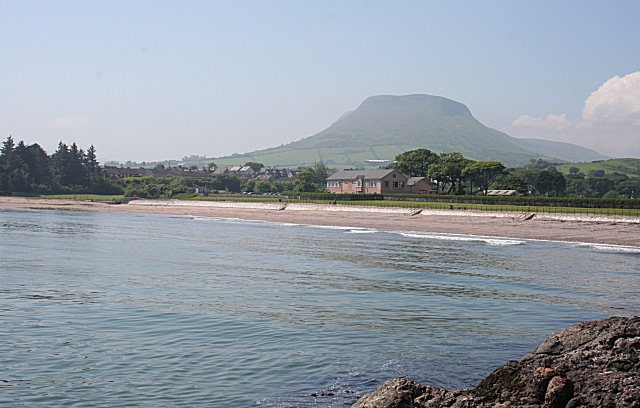Formerly known as Newtown Glens, Cushendall and the
surrounding area is classed as a “conservation area”. The ‘dall’ part of the name comes from the
River Dall which tumbles down to the beach via the Cushendall Golf Club
course. One of the main historic
landmarks in the village is the Curfew Tower, also known as Turnly’s Tower,
after Francis Turnly of the East India Company, who erected the tower as “a
place of confinement for idlers and rioters”. However, the history of the area goes back
much further; there are the remains of Bronze Age forts in the mountains
overlooking the village. In 1924 the
village became one of the first places in Ireland to have street lighting
installed.
On the outskirts of the village is Cottage Wood, with
footpaths, viewpoints and picnic facilities.
Lovers of wildlife should keep their eyes peeled for the Red Squirrel,
which are regularly seen here. About a
mile outside the village lie the evocative ruins of the Layd Old Church,
dating from the early 1600s, although records suggest a church existed here as
long ago as 1288. Cushendall’s big event
of the year is the Heart of the Glens Festival, which takes place in August and
is a throwback to the days when there were eight fair days held throughout the
year.
 |
Cushendall Beach - geograph.org.uk - 467693. Photo by Anne Burgess, via Wikimedia Commons.
|
No comments:
Post a Comment